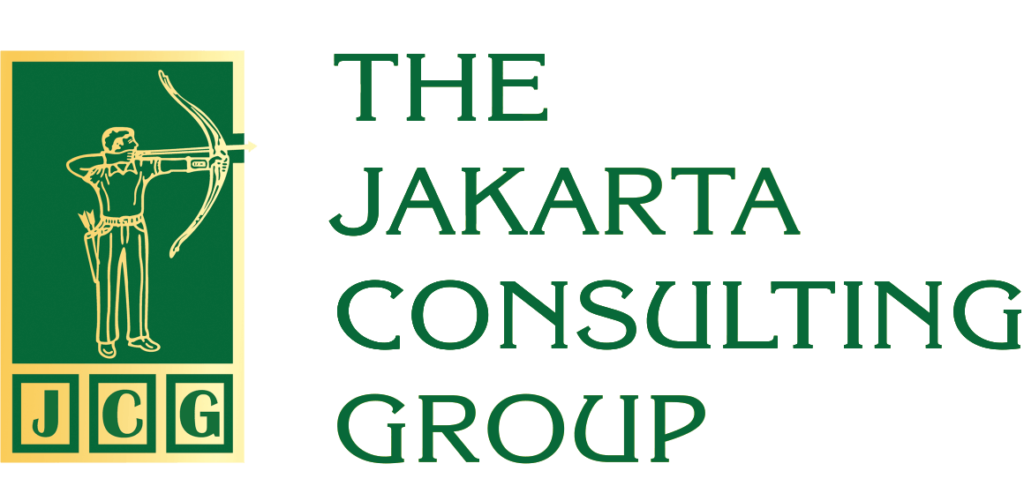In the business world, meetings are often not easy. However, in family businesses, where family relationships intersect with financial matters, controlling ego and emotions during family meetings becomes much more important—and also more complicated. Discussions can easily shift from business strategy to unresolved family conflicts. Overflowing emotions can ruin even the most well-planned meetings. On the other hand, if ego is managed well and emotions are dealt with empathetically, family meetings can actually be moments that strengthen relationships, build trust, and ensure business continuity.
In non-family businesses, the roles and responsibilities of each person and position are usually clearly defined within the organizational structure. However, in family businesses, one person can have many roles at once: a CEO may also be a father, an investor may be a sibling, and a board member may be a mother-in-law. This overlap of roles blurs the line between professional and personal matters, making it difficult to maintain objectivity.
For example, conflicts surrounding new investment plans may not be simply a matter of differing business strategies—they may be related to latent issues of mistrust, long-standing sibling rivalry, or even unconscious parental favoritism.
Egoism and Emotions: Manifestations and Impact
Egoism and emotions manifest in various forms. These include the desire for recognition (“I built this company from scratch.”), the urge to control (“I am more experienced, so I know best.”), and the desire to maintain one’s position (“You can’t talk to me like that—I am still the leader here.”).
To a certain extent, egoism is necessary for building leadership and achieving a vision. However, excessive egoism in a family business can damage cooperation, offend other family members, and ultimately hinder the progress of the business.
On the other hand, emotions can be both a driving force and an obstacle. Emotional attachment often makes family businesses more resilient. Family members are more dedicated. However, excessive emotional reactions—especially if triggered by past conflicts or unhealed wounds—can interfere with the decision-making process.
Some examples of uncontrolled emotions include passive-aggressive behavior (a pattern of behavior in which a person expresses negative feelings indirectly, rather than openly), defensiveness when receiving feedback, and sudden anger during discussions.
Selfishness and uncontrolled emotions have a negative impact on both the business and the family.
- The quality of decisions deteriorates. Overwhelming emotions often override logical considerations, so that decisions are based more on personal feelings than on the interests of the family business.
- Family relationships become fractured. Once fractured, it takes a lot of effort to repair them. Even then, it is very difficult to fully recover. Mutual trust is no longer intact.
- Younger family members may lose interest if their opinions continue to be ignored or unappreciated.
According to research by the Family Firm Institute, the ability to manage conflict is a key factor in determining the sustainability of a family business. In short, unresolved emotions can not only shorten the life of a business, but also threaten family harmony.
Strategies for Managing Egoism and Emotions
The problems of egoism and emotions in family businesses can be managed with a structured approach. Here are some key strategies that can be applied.
1. Establish clear ground rules
Before the meeting begins, establish a mutual agreement on the rules of discussion. For example, only one person may speak at a time; respect every opinion expressed; do not make personal attacks; focus on the issue, not the individual; and so on, according to the circumstances of each family. By writing down and reminding everyone of these rules at the beginning of the meeting, the atmosphere will be conducive for all parties.
2. Separate family roles and business roles
Ensure that each member understands their role in the business context. For example, a child who serves as Chief Financial Officer should be treated as a professional, not just as the “youngest child.” Use official titles when discussing company matters to avoid bias and role confusion.
3. Invite a neutral facilitator
For sensitive meetings, consider involving an external facilitator or family business advisor. They can guide the discussion, mediate disputes, and ensure that all voices are heard. The presence of a neutral party also helps family members keep their emotions in check, knowing that there is an objective observer.
4. Do not bring family issues into the business
Long-standing conflicts—such as favoritism, rivalry, or past grievances—should not be discussed in family business meetings. Provide a separate forum, such as a family retreat with the help of a therapist, to discuss emotional dynamics in depth.
5. Leaders must set an example
If the founder or leader demonstrates humility, openness to criticism, and emotional control, other members are more likely to follow suit.
Family meetings, when well-organized, can be an important foundation for business strategy and family harmony. These events are not just a place for decision-making, but also a means to strengthen relationships, align values, and prepare for succession. By controlling selfishness and emotions wisely, families can reap various benefits, such as the growth of mutual trust between generations; a transparent decision-making process; reduced potential for internal conflict; and the maintenance of business continuity and family legacy.
As a pioneer in family business consulting in Indonesia, Jakarta Consulting Group is ready to help your family overcome these challenges with strategic, humane, and implementable solutions.
#family business #egoism #emotions #family meeting #conflict #organizational structure #role #leadership #emotional bond #passive aggression #family relationships #rules of engagement #facilitator #role model









